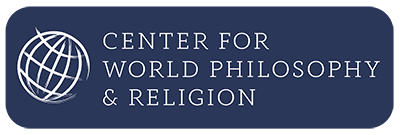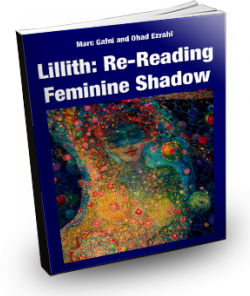A Shocking Convergence: A CHANNEL Meets The Kabbalist Lineage of SOLOMON | Marc Gafni x Paul Selig
Enjoy this podcast with Dr. Marc Gafni featured on the Aubrey Marcus Podcast
Show Notes from the Aubrey Marcus Podcast Episode:
In all my years podcasting and working with the great masters of our time, I have never seen anything like this. Paul Selig is channeling information from who he calls “The Guides” and Rebbe Gafni is transmitting the deep lineage of Solomon and Kabbalist wisdom. What do they agree about? Where are the points of distinction and separation? In this shocking convergence, we see how the old Word of the Biblical texts meets the new Word freshly informed from extra-dimensional star beings. This is a conversation not to be missed!
Check out more of Dr. Marc Gafni’s work at https://worldphilosophyandreligion.or…
Download chapters of First Principles and First Values: https://worldphilosophyandreligion.or…
Aubrey Marcus | ► Fit For Service: https://fitforservice.com/
► Own The Day, Own Your Life: http://bit.ly/2vRz4so
Aubrey Marcus Podcast: https://apple.co/2ns8zFP
► Ayahuasca Documentary: http://bit.ly/2OrNBTf, dealing with the crisis of value, (a birth) and a resolution of a new structure of value.
FIRST PRINCIPLES AND FIRST VALUES
Forty-Two Propositions on CosmoErotic Humanism, the Meta-Crisis, and the World to Come
AS THE META-CRISIS DEEPENS, THE FATE OF CIVILIZATION AND HUMANITY HANGS IN THE BALANCE.
First Principles and First Values is the tip of the spear in the fight for a humane future. Establishing frameworks for a new school of thought called CosmoErotic Humanism, the book is built around forty-two propositions that provide new source code for the future of planetary culture.
Like Europe in the early Renaissance, humanity is in a time between worlds, at a time between stories. First Principles and First Values contains blueprints for the bridge needed to cross from this world to the next.
“The position argued for in this book is of vital importance . . . it needs urgently to be read.”
IAIN McGILCHRIST, author of The Master and His Emissary









 By Marc Gafni
By Marc Gafni Marc Gafni was recently featured in
Marc Gafni was recently featured in 
 “As the Kabbalists point out, the word Moses spelled backwards is Ha Shem, meaning ‘the name.’ Importantly, Ha-shem in biblical Hebrew also is the most common reference to God’s name. When you respond to your call and realize your soul print, fully becoming your name, you become one with God. When Moses did this, he found his voice, he became a prophet.”
“As the Kabbalists point out, the word Moses spelled backwards is Ha Shem, meaning ‘the name.’ Importantly, Ha-shem in biblical Hebrew also is the most common reference to God’s name. When you respond to your call and realize your soul print, fully becoming your name, you become one with God. When Moses did this, he found his voice, he became a prophet.”


